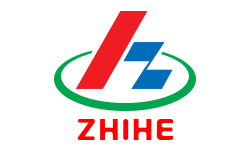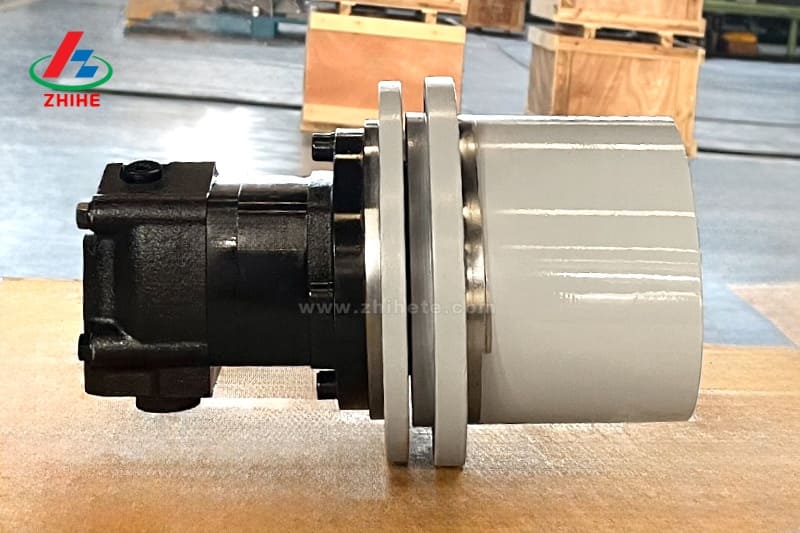The final drive is the powerhouse at the end of your excavator’s drivetrain. It converts energy into the force that turns the tracks. Without it, the machine cannot move.
In simple terms, the final drive takes hydraulic input and translates it to usable motion. It combines reduction gears, bearings, and seals in one compact system.
The final drive is also part of a bigger chain. Power begins at the engine, flows through pumps and motors, and ends here. Once it reaches the final drive, speed reduced and torque increased. Then the excavator gains the push it needs.
This component is not just about movement. It’s about control, stability, and efficiency on every terrain. A strong final drive means steady travel, reliable digging, and longer life of machine.
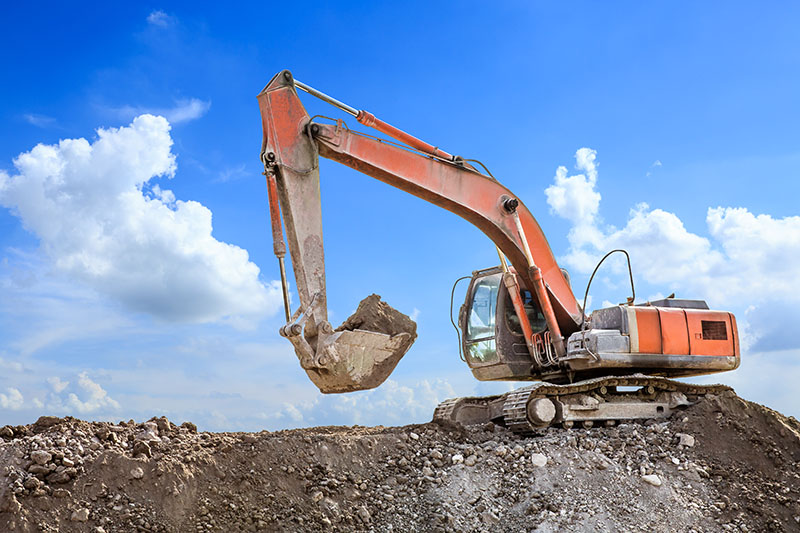
How the Excavator Final Drive Functions
1. The Role of the Travel Motor
The travel motor powers the final drive. In a hydraulic system, pressurized fluid pushes pistons in the motor. That motion turns the motor’s shaft. The shaft is the input to the final drive’s gear train. Put simply: the motor converts fluid pressure into rotation. That rotation drives the gear reduction inside the final drive. (In many designs “final drive” includes both motor and gear reduction units.)
Because fluid flow and pressure can vary, the motor gives smooth, controllable rotation. That lets the operator adjust speed.
2. Power Transmission from Engine to Tracks
Power path begins at the engine. The engine runs a hydraulic pump. The pump pressurizes hydraulic fluid. That fluid goes to the travel motor. The motor turns the input shaft of the final drive.
Inside the final drive, gears reduce speed and raise torque. This ensures that though the motor spins fast, the output to the tracks moves slow but powerful.
If your job demands pushing heavy loads or climbing slopes, the gear ratios allow more torque. On flat ground, the system can allow more speed if ratio design supports it.
3. Key Components of the Final Drive
Planetary Gearbox
Most final drives use planetary gear systems. A central sun gear is surrounded by planet gears. Those mesh inside a ring gear. The carrier holds the planet gears. This layout gives high torque in a compact size.
Multiple planet gears share the load, making the system robust. The torque is multiplied while speed is cut.
Shaft and Bearings
Shafts carry rotational motion into and out of the gearbox. Bearings support shafts and reduce friction. They keep the gears aligned and smooth in operation. If bearings fail, things wobble, misalign, or jam.
Seals and Fluid
Seals prevent fluid from leaking out. They also keep dirt and debris from entering. Fluid (gear oil or hydraulic fluid) lubricates surfaces, carries heat away. It also cushions contact between gear teeth. If seals fail or fluid is dirty or low, internal parts get stressed, heated, and wear faster.

Why the Final Drive is Critical for Excavator Performance
1. Ensuring Efficient Movement
The final drive controls how fast your excavator moves and how much push it has. It regulates speed and delivers torque. Without that control, movement would be jerky or weak. On rough terrain or under heavy loads, a capable final drive keeps motion steady. It ensures traction, adapts to ground conditions. It also helps the machine respond to operator commands.
2. Impact on Fuel Efficiency
A good final drive uses energy wisely. When power is passed efficiently, less energy is wasted as heat or friction. So the engine burns less fuel for the same work. If the final drive is worn or inefficient, losses grow. That pushes fuel consumption higher. Choosing a high-quality final drive helps lower your running costs. It also increases the machine life
3. Durability and Longevity of Equipment
The final drive is a stress point in the powertrain. If it fails, it can damage the undercarriage, hydraulic circuits, or structural parts. A well-maintained final drive extends overall machine life. Fewer breakdowns, fewer repair costs, more uptime. Invest in the best you can, and look after it well.
Common Issues with Excavator Final Drives and How to Address Them
1. Leaks and Fluid Loss
Leaks are among the most common failures in final drives. They often come from bad seals, worn gaskets, cracked casings, or loose fittings. When fluid escapes, lubrication drops and parts rub dry.
How to spot leaks early:
- Inspect around housing seams, seals, ports.
- Look for wet surfaces, oil trails, drips under machine.
- Use dye or pressure tests if leaks are hidden. How to repair leaks:
- Replace seals or gaskets.
- Repair or replace cracked parts.
- Tighten bolts to spec.
- Refill fluid to proper level and flush to remove contamination.
2. Slow or Jerky Movement
If movement is sluggish or uneven, the final drive might be failing. Possible causes: low fluid, internal leakage, worn bearings, damaged gears. To diagnose:
- Measure hydraulic pressure to motor.
- Check the gear train, teeth, clearances.
- Inspect bearings and shafts for play or wear.
Look for metal particles in the fluid (sign of internal abrasion). Remedy depends on cause: seal fix, bearing replacement, gear overhaul, or total rebuild.
3. Unusual Noises
Grinding, whining, knocking, or clanking noises tell you something is wrong inside. These often come from worn gear teeth, broken bearings, poor lubrication, or misalignment.
How to diagnose noise sources:
- Operate at low speed and listen carefully.
- Isolate the drive and run motor without load.
- Open housing to inspect gear teeth, bearings, and shafts.
Check for signs of scoring, pitting, or metal shavings. Fix by replacing worn gears/bearings, realigning parts, restoring lubricant.
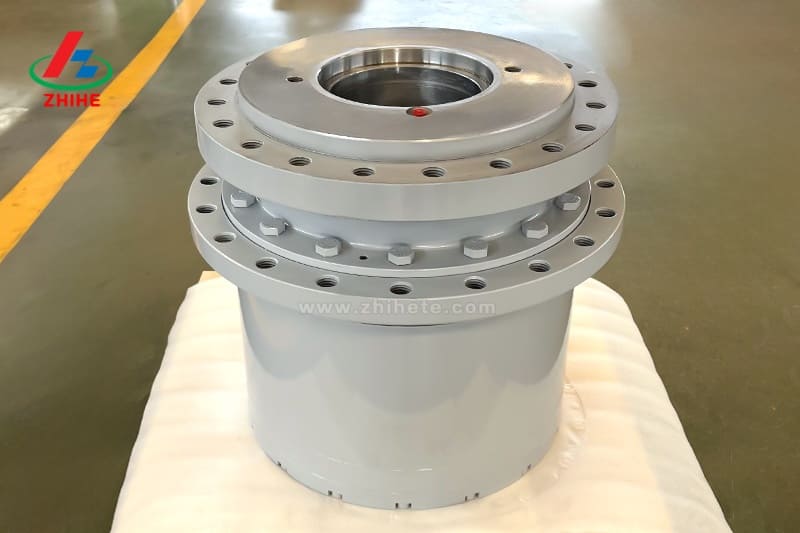
How to Maintain and Extend the Life of Your Excavator Final Drive
1. Regular Fluid Checks and Lubrication
Fluid is the lifeblood of your final drive. It limits friction, carries heat away, and cushions gear contact. Check gear oil or hydraulic fluid every 100 to 200 operating hours.
In heavy use or dusty conditions, shorten the interval. When checking: remove the inspection plug slowly (there may be pressure). Observe fluid color and consistency. If dark, milky, or contains particles, it’s time to change.
Warm up the system, drain fully, flush if needed, then fill with clean oil of correct grade.
2. Inspecting for Wear and Tear
Frequent visual checks catch small problems early. Look around seals, joints, cover plates, and housing for leaks or cracks. Check the output hub and sprocket interface for wear, teeth damage, or looseness. Examine bearing housings for play or movement. Look for metal flakes or debris stuck around seals or plugs.
3. Preventative Maintenance
Don’t wait until failure. Plan for maintenance. Ensure alignment is true and mounting bolts are torqued. Replace seals or gaskets before they fail catastrophically. Check case drain filters (if your final drive has them) and clean or replace them.
Keep the undercarriage clean. Mud, rocks, and debris can stress seals and promote leaks.
Use oil analysis (sampling) over time to monitor internal wear. Track metal particles, contamination, oil condition.
Schedule professional inspections yearly, even if everything seems fine.
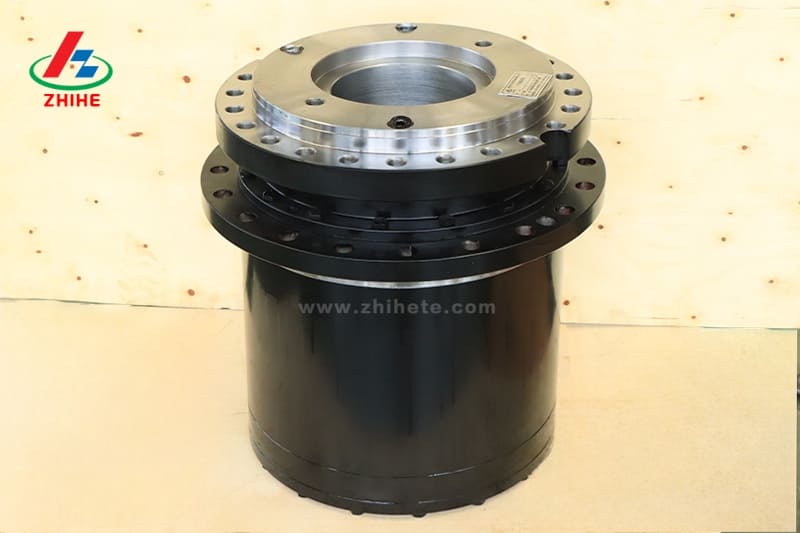
OEM vs. Aftermarket Final Drives: What to Consider
When replacing a final drive, one of the biggest decisions is OEM or aftermarket. Both have pros and cons. The right choice depends on your budget, timeline, and long-term goals.
OEM (Original Equipment Manufacturer) Final Drives
OEM drives are made by the same company that built your excavator. They are designed to match perfectly.
- Fit and Compatibility: No guesswork. Bolt patterns, dimensions, and torque ratings are exact.
- Reliability. Built to factory specs, using the same materials and processes as the original.
- Support and Warranty: Usually come with strong warranty coverage and dealer support.
- Cost: A bit expensive. OEM drives often cost more than aftermarket options.
Aftermarket Final Drives
Aftermarket drives are built by third-party manufacturers. Quality can range from excellent to poor.
- Price Advantage: They are often far cheaper than OEM, which helps if you run multiple machines.
- Availability. Some aftermarket suppliers keep parts in stock and ship faster than OEM channels.
- Varied Quality: Top suppliers use high-grade steel, heat-treating, and precise machining. Others cut corners on seals, bearings, or gear tolerances.
- Warranty: Some aftermarket suppliers match OEM coverage. Others provide limited or no warranty.
How to Decide
- Consider machine age: For newer excavators, OEM may protect resale value. For older units, aftermarket could be cost-effective.
- Evaluate supplier reputation: Check reviews, case studies, and certifications. Don’t gamble with an unknown brand.
- Think long-term cost. A cheap drive that fails early costs more in downtime and repairs than a pricier, reliable unit.
- Ask about support. Choose suppliers that provide installation advice, service manuals, and ready spare parts.
Conclusion
The final drive is a critical link in your excavator’s performance chain. It converts power into motion, moderates speed and torque. It helps your machine traverse tough terrain.
Neglect it and you risk inefficient operation, high fuel costs, breakdowns, and downtime. Maintain it well. check fluids, inspect parts, act early on leaks or noises and your machine will serve longer.
If you see warning signs or need help choosing or servicing a final drive, reach out to specialists. Let them inspect, repair, or supply the right components. It keeps your excavator working at full strength.
Take the Next Step with ZHIHE Final Drives
Don’t wait until small issues become costly breakdowns.
At ZHIHE, we design and manufacture planetary gear reducers, travel gearboxes. Our company have 15 years of experience. We deliver components that last and backed by expert support.
Ready to upgrade or replace your final drive?
Contact our team to discuss your excavator model and get a free quote. We’ll help you choose the right solution for your machine and job site.
